You can't guarantee the polarity of the charge and so some form of rectification is needed to ensure that any current is passed through in the same direction irrespective of polarity. This could be achieved with two capacitors and two diodes so that you can store the energy from positively and negatively charged people on two separate capacitors.
The diodes should have an extremely low leakage to prevent charge being lost. The capacitor should also be chosen to have very low leakage for the same reasons.
I think I'd also consider having a spark-gap protection device across the input to the diodes to prevent over-voltage damage. If you use the carpet static value value below to work out the capacitance and voltage rating you should be OK: -

20 mJ = \$\dfrac{CV^2}{2}\$ and if you chose 1 uF, the voltage rating would need to be: -
\$\sqrt{\dfrac{2\times 20\times 10^{-3}}{1\times 10^{-6}}}\$ = 200 volts.
For 10 uF the voltage rating would be 63 volts
1 nF would require a voltage rating of over 6000 volts.
I was planning to have a metal plate on a wristband and the capacitor
connected to this and then to ground, this I think should charge the
capcitor from what I understand. Would this work?
I would consider the capacitor(s) and diode(s) to be fixed and let folk walking around discharge themselves to a plate connected via the diode(s) to the capacitor(s). It might be a good idea to issue conductive thimbles so that folk don't feel the spark that might jump to the plate. Safety should be considered and the diodes will prevent someone getting a full energy discharge if they touch the plate.

